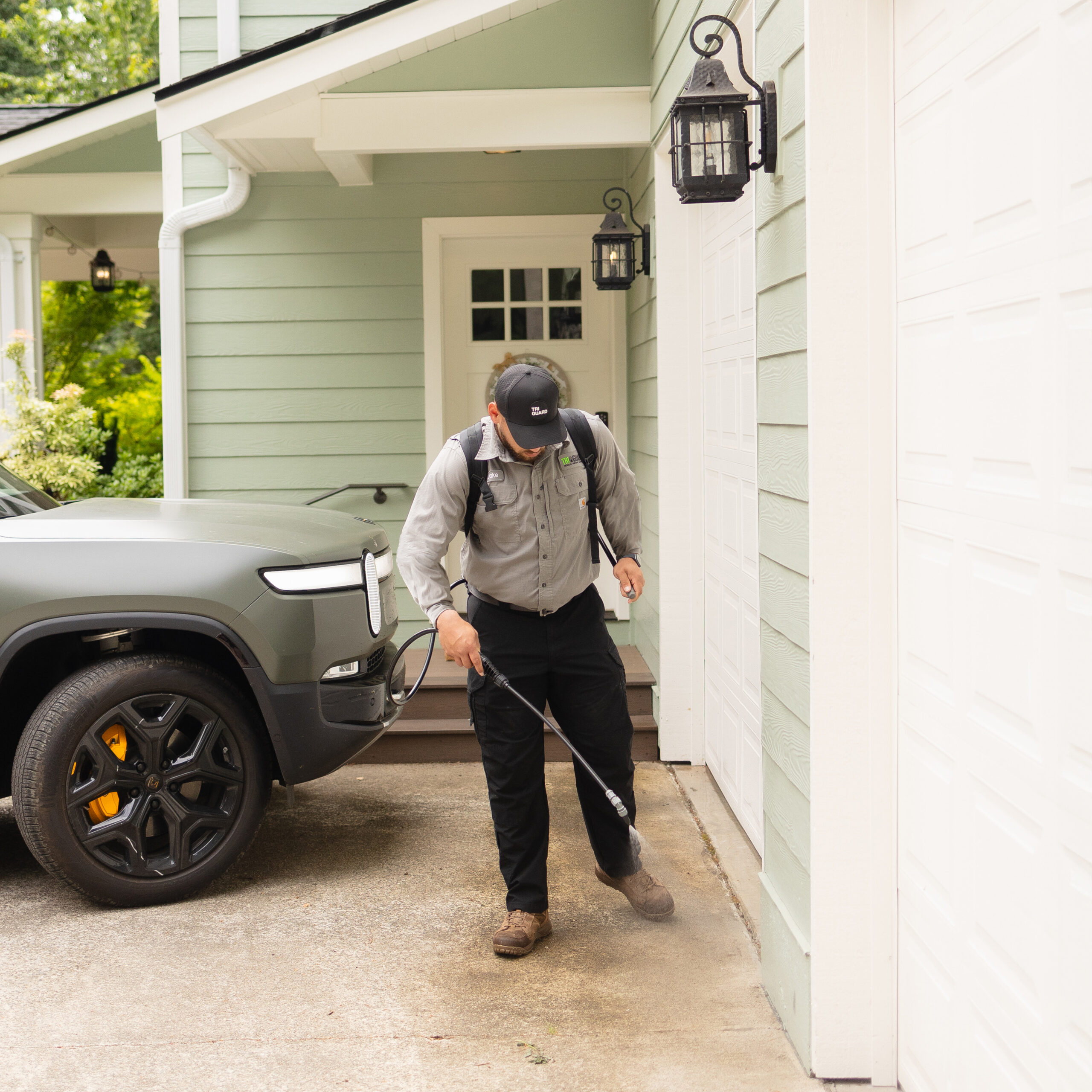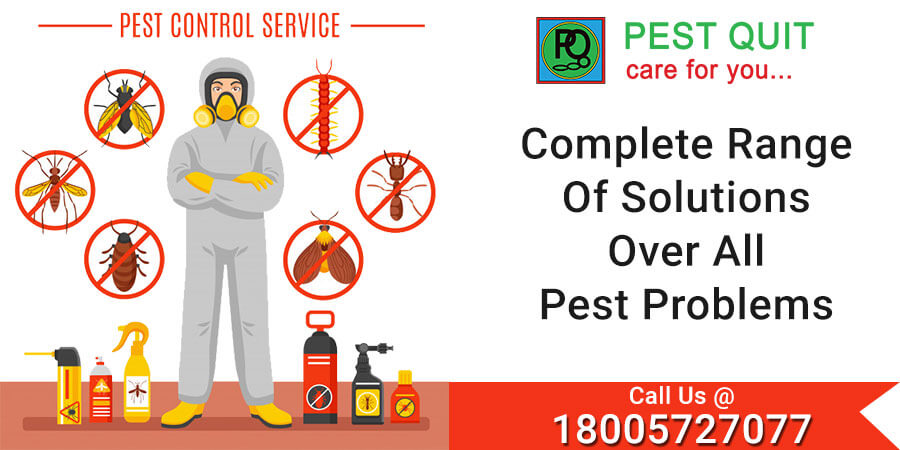Dependable Pest Control Homestead Experts for All Your Pest Issues
Dependable Pest Control Homestead Experts for All Your Pest Issues
Blog Article
Discover the Tricks of Insect Control: How It Functions and Process Exposed
Parasite control is a thorough technique that entails a deep understanding of pest behavior, tactical planning, and specific execution. From identifying the origin causes of invasions to applying customized control steps, the procedure of insect control is a mix of scientific research and technique aimed at keeping a harmonious atmosphere.
Parasite Habits Recognizing
Understanding the complex actions of insects is essential for reliable pest control monitoring. By diving right into the habits and patterns of various insects, professionals can develop targeted approaches to eradicate invasions and avoid future incidents. As an example, the behavior of cockroaches, such as their choice for dark and moist settings, overviews pest control professionals in figuring out where to concentrate treatment initiatives. Likewise, recognizing that rodents are nocturnal animals aids in establishing catches and lures throughout one of the most active hours. Additionally, comprehending the reproductive cycles of pests like ants aids in disrupting their colonies' growth.
By remaining abreast of the newest research study on parasite habits, insect control experts can consistently improve their strategies and remain ahead of advancing insect populaces. Ultimately, a deep understanding of pest habits is a keystone of successful pest control administration.

Assessment and Identification Methods
Reliable pest control monitoring relies heavily on precise evaluation and precise recognition approaches to properly establish and analyze problems targeted eradication techniques. Assessment includes a complete exam of the building to establish the extent of the bug problem, identify the kind of insect present, and situate possible access factors. This process may include aesthetically evaluating usual hiding spots, using monitoring devices such as catches or electronic cameras, and assessing pest droppings or damages indications.
Recognition is an important action that adheres to inspection, as different pests call for certain treatment approaches. Pest control specialists utilize their knowledge and expertise of bug habits to identify the varieties existing properly. This might involve taking a look at physical characteristics, such as size, shade, and markings, in addition to studying the insect's habitats and practices. Sometimes, samples might be gathered for additional analysis in a laboratory to validate the insect types.
Bug Control Steps Application
Having meticulously examined and accurately identified the pests existing, the next vital action is the execution of targeted bug control actions to efficiently eliminate the invasion. Chemical treatments include the usage of chemicals to remove parasites, while organic controls present natural predators to manage pest populaces.
Proper execution of bug control measures calls for competence to guarantee the safety of inhabitants and the setting. By utilizing targeted bug control procedures, problems can be effectively eliminated, creating a healthier and pest-free setting.
Environmental Impact Factors To Consider
Careful assessment of the possible environmental influence is an essential try this aspect when implementing parasite control measures. Bug control techniques can have different results on the atmosphere, including non-target species being influenced, contamination of soil and water sources, and disturbance of the community. It is necessary to think about these variables to lessen any negative repercussions on the environment.
To reduce environmental effects, integrated parasite management (IPM) approaches are commonly suggested. IPM concentrates on utilizing a combination of techniques such as organic control, habitat manipulation, and the targeted use chemicals as a last option. Pest Control Homestead. By utilizing an all natural strategy, IPM aims to manage parasites properly while reducing harm to the setting

Ongoing Surveillance and Avoidance
Constant monitoring and prevention play critical functions in keeping reliable pest control methods over time. Once first insect control procedures have been carried out, recurring surveillance comes to be necessary to track insect task degrees and guarantee that the picked techniques are working efficiently. Regular assessments by skilled experts permit for the early discovery of any signs of bug rebirth, making it possible for quick activity to be taken before the infestation escalates.
Safety nets are similarly critical in sustaining a pest-free atmosphere. Executing methods such as sealing access points, maintaining sanitation, appropriate waste administration, and decreasing sources of food and water deprive pests of the essentials they require to prosper. By proactively attending to these elements, the probability of a pest problem is significantly minimized.
Furthermore, precautionary measures contribute to the long-term success of pest control efforts, decreasing the demand for reactive treatments and connected prices. By incorporating continuous tracking and prevention into a comprehensive parasite monitoring strategy, businesses and individuals can properly browse around this site protect their properties against unwanted burglars.
Conclusion
In verdict, insect control involves understanding insect habits, performing detailed evaluations, carrying out control measures, taking into consideration click for source environmental impacts, and keeping ongoing tracking and prevention. By adhering to these actions, bug problems can be effectively handled and controlled. It is necessary to take an aggressive approach to pest control to secure both human health and the environment.
By remaining abreast of the newest research study on parasite habits, parasite control professionals can continuously refine their strategies and remain in advance of developing parasite populations.Having carefully inspected and properly determined the insects existing, the following critical action is the implementation of targeted bug control measures to properly remove the problem.Additionally, selecting environmentally pleasant bug control items and approaches can significantly lower the ecological impact of parasite administration practices - Pest Control Homestead. When initial pest control procedures have actually been implemented, continuous tracking comes to be necessary to track bug activity levels and make certain that the selected techniques are functioning effectively.In final thought, insect control involves understanding parasite behavior, carrying out detailed examinations, carrying out control measures, thinking about ecological influences, and maintaining ongoing tracking and avoidance
Report this page